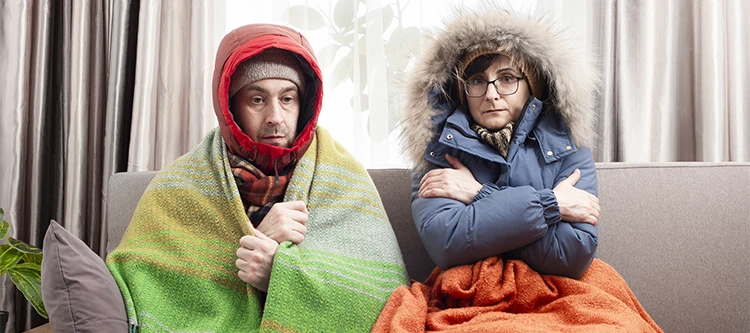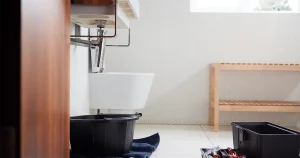In this article:
Winter can be a challenging season for homeowners, particularly in the Northeast, where frigid temperatures and heavy snowfall are common. Preparing your home for the cold months ahead not only ensures a cozy, comfortable environment but can also significantly lower your energy bills. This comprehensive guide provides actionable tips to improve your home’s energy efficiency and highlights financial incentives that make these upgrades more accessible.
Why Focus on Energy Efficiency?
Energy-efficient homes use less energy to perform the same tasks, saving money and reducing environmental impact. With energy prices rising, simple upgrades can yield long-term benefits. Plus, federal and state programs offer tax credits and incentives for energy-efficient improvements, such as the expanded Energy Efficiency Home Improvement Credit under the Inflation Reduction Act of 2022. Incorporating smart home technology such as smart thermostats, smart appliances, and smart home hubs can further enhance energy efficiency by optimizing energy use and monitoring consumption in real time.
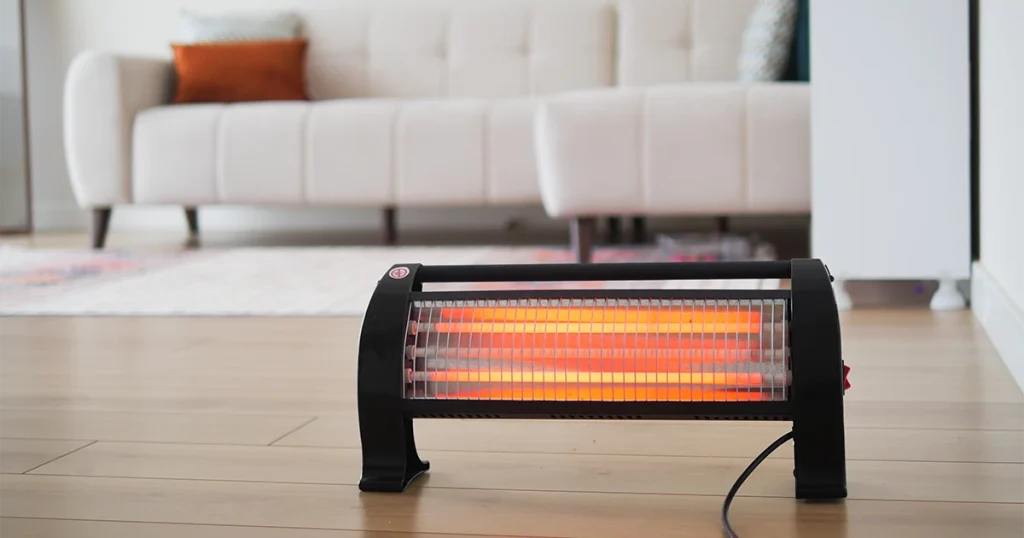
Understanding Energy Efficiency Basics
When planning energy-efficiency upgrades for your home, it is very helpful to understand the essential metrics and terminology. Knowing how to interpret these values will help you select the right materials and systems for your specific needs.
1. R-Value:
Measures insulation’s resistance to heat flow. Higher values mean better insulation. For colder regions like the Northeast, where winters are harsh, a higher R-value is crucial to prevent heat loss and maintain a comfortable indoor temperature. Aim for an R-value of R-49 or higher in attics. Insulation materials like spray foam, fiberglass, and cellulose have varying R-values. So choose carefully while considering the specifics of your space and budget.
2. U-Factor:
Measures how well a material prevents heat transfer. The lower the U-factor, the better the insulation. This is particularly important for windows and doors, which are notorious points of energy loss. When selecting windows, look for those with a low U-factor combined with features like double- or triple-pane glass and low-emissivity coatings for maximum efficiency.
3. Energy Efficiency Ratio (EER):
EER measures the ratio of cooling output to the energy input required to produce it, under specific conditions. A higher EER indicates a more efficient system. It is an important metric for heating and cooling systems like air conditioners and heat pumps.
Insulation: Your First Line of Defense
Insulation is your strongest energy-efficiency ally, helping keep your home warm in the winter and cool in the summer. It creates a thermal barrier that minimizes heat transfer, ensuring your living spaces remain comfortable no matter the season. By reducing the workload on your HVAC system, insulation not only lowers energy bills but also extends the lifespan of your heating and cooling equipment, making it a smart and sustainable investment.
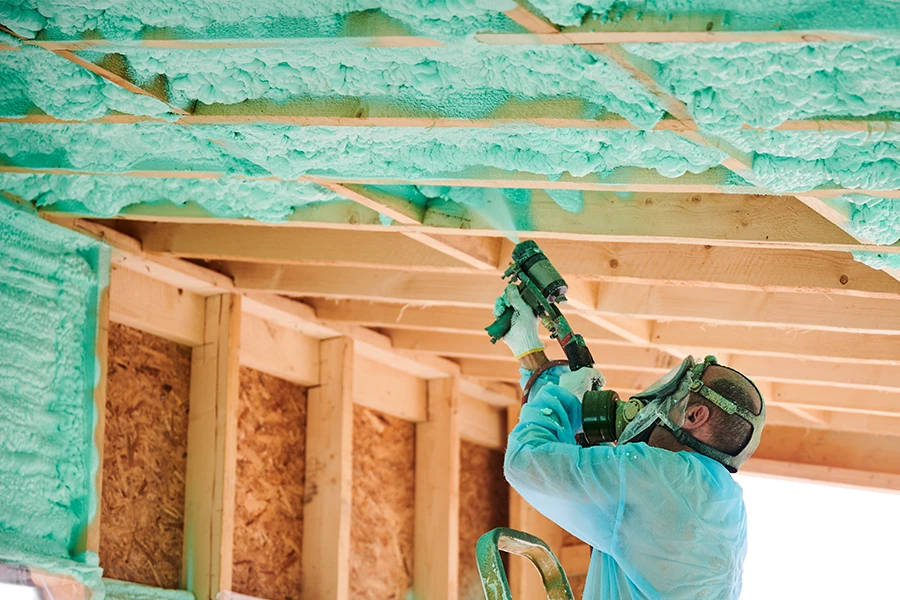
Attic Insulation
Heat rises, and in poorly insulated homes, much of it escapes through the attic. Insulating the attic to a minimum R-value of R-49 is recommended for the Northeast. Consider spray foam or blown-in cellulose for superior coverage.
Wall Insulation
While more challenging to retrofit, adding insulation to walls during renovations can dramatically improve energy efficiency. Dense-pack cellulose or spray foam are great options for older homes.
Basement and Crawl Space Insulation
Uninsulated basements and crawl spaces allow cold air to seep into your home. Insulate rim joists and floors with rigid foam or spray foam to prevent drafts and heat loss.
Sealing Windows and Doors
Windows and doors are some of the most common culprits of energy loss in a home, allowing warm air to escape and cold drafts to creep in. Even small gaps can significantly impact indoor temperatures, forcing your heating system to work harder and increasing energy costs. Whether you’re on a tight budget or planning a more extensive upgrade, addressing drafts through weatherstripping, caulking, or replacing old windows and doors can make a noticeable difference.
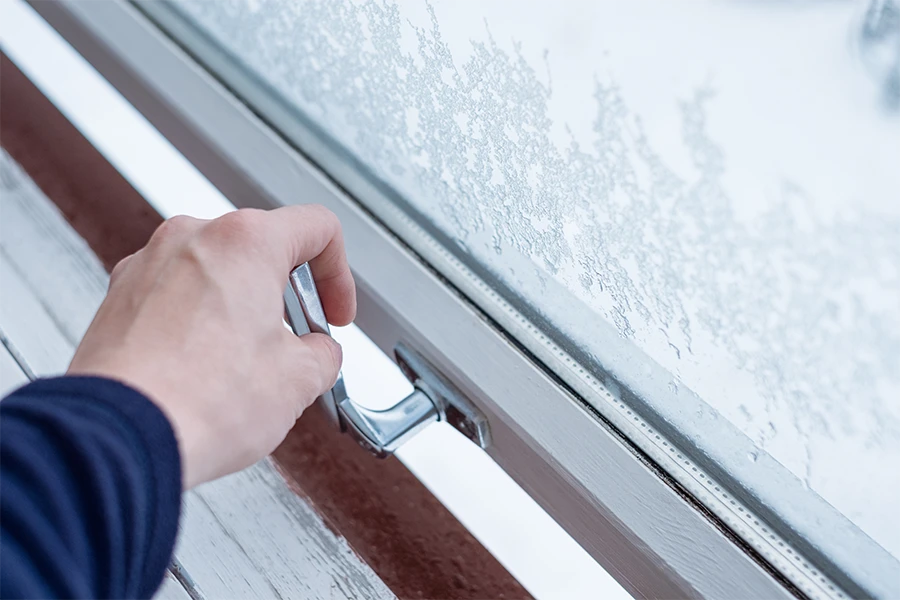
Upgrade Windows
Replacing single-pane windows with double- or triple-pane models can improve insulation. Look for Energy Star-rated windows with low-emissivity (low-E) coatings and gas fills for maximum efficiency.
Weatherstripping and Caulking
For a budget-friendly solution, add weatherstripping to seal gaps around doors and windows. Use caulk to seal cracks and joints.
Install Energy-Efficient Doors
Solid-core or insulated steel doors reduce heat transfer and create a tighter seal against the elements.
Optimize Heating Systems
Heating is the largest energy expense for most households during the winter, making system efficiency a top priority. Upgrading to a modern, energy-efficient heating system can drastically reduce energy consumption while maintaining a warm and cozy home. From high-efficiency furnaces to smart thermostats, there are numerous options to optimize your heating system and achieve both comfort and cost savings.

High-Efficiency Furnaces
Invest in a furnace with an annual fuel utilization efficiency (AFUE) rating of 90% or higher.
Smart Thermostats
Smart thermostats like Nest or Ecobee help automate temperature control and can save up to 10% on heating costs by optimizing schedules and settings.
Ductwork Maintenance
Leaky or poorly insulated ducts can lose up to 30% of heated air. Seal and insulate ducts to improve efficiency.
Renewable Energy Options
Renewable energy systems offer an excellent way to lower your reliance on fossil fuels while reducing your carbon footprint. Whether you install solar panels, a geothermal heating system, or wind turbines, these technologies harness natural resources to power your home more sustainably. Plus, they often qualify for federal and state incentives, making them a practical choice for long-term energy savings and environmental stewardship.
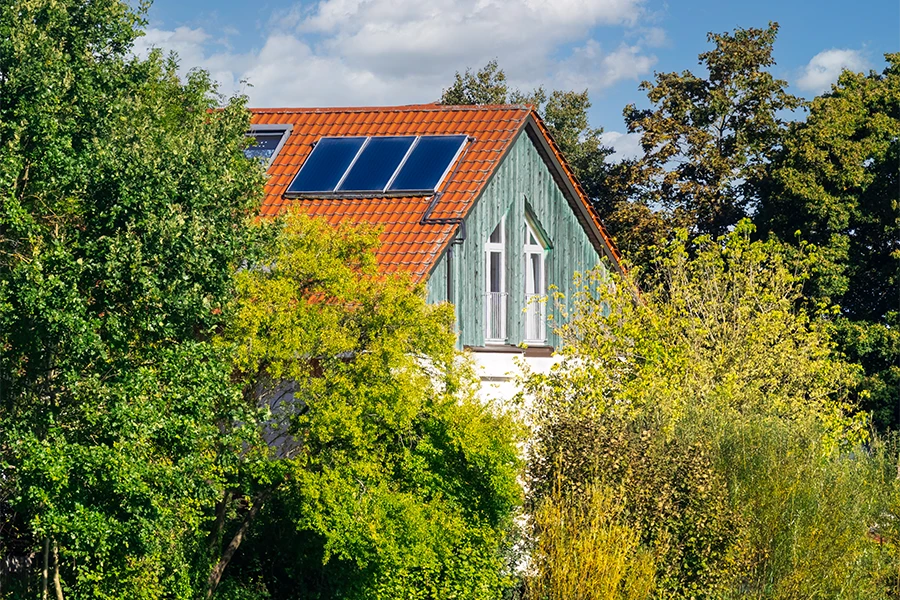
Solar Panels
Solar panels can offset electricity costs year-round. The Residential Clean Energy Credit offers a 30% tax credit for solar installations.
Geothermal Heating
Geothermal heat pumps utilize underground temperature stability to efficiently heat and cool your home. While costly upfront, they provide substantial long-term savings and qualify for significant tax incentives.
Upgrade Appliances and Lighting
Modern appliances and lighting solutions are designed to use less energy without compromising performance or convenience. From Energy Star-rated refrigerators to LED bulbs, these upgrades help you save money on utilities while reducing your overall energy consumption. Whether you’re replacing a single appliance or outfitting your entire home, these energy-efficient choices are a step toward a greener, more cost-effective lifestyle.

Energy-Efficient Appliances
Look for the Energy Star label on refrigerators, washers, dryers, and dishwashers. These models use significantly less energy than standard appliances.
LED Lighting
LEDs consume up to 90% less energy than incandescent bulbs and last much longer. Install dimmers and motion sensors for added savings.
Tankless Water Heaters
Tankless water heaters provide hot water on demand, reducing standby energy losses.
Tax Credits and Incentives for Energy-Saving Improvements
The federal Energy Efficiency Home Improvement Credit makes it easier for homeowners to invest in energy-saving upgrades by offering up to $8,000 in tax credits. These credits apply to improvements like insulation, energy-efficient windows, and HVAC systems, making upgrades more affordable. Additionally, many states and utility companies provide rebates and incentives, so be sure to explore all available programs to maximize your savings.

- Insulation, Windows, and Doors: Claim 30% of the cost, up to $1,200 annually.
- Heat Pumps and Water Heaters: Eligible for up to $2,000 annually.
- Energy Audits: Receive up to $150 for a professional energy audit to identify improvement areas.
Tips for Easy Energy Saving Improvements
- Conduct an Energy Audit: Professional audits identify areas where your home is losing energy. Many utility companies offer audits at little or no cost.
- Use Window Treatments: Thermal curtains or blinds can block drafts and retain heat during winter nights.
- Monitor Lifestyle Habits: Simple changes, like lowering the thermostat by a few degrees, unplugging unused electronics, or running full laundry loads, can yield noticeable savings.
- Explore Financing Options: Programs like PACE loans and rebates from utilities can help offset costs of energy-saving home improvements.
- Check Out Official Resources: Visit official websites like Department Of Energy and Energy Star for up-to-date information about energy saving programs and benefits.
Key Takeaways
- Insulation: Start with your attic and move to walls and basements.
- Sealing: Eliminate drafts with weatherstripping and caulking.
- Heating: Upgrade systems and use smart thermostats for maximum efficiency.
- Renewable Energy: Explore solar and geothermal systems for long-term savings.
- Incentives: Take advantage of federal and state tax credits.

